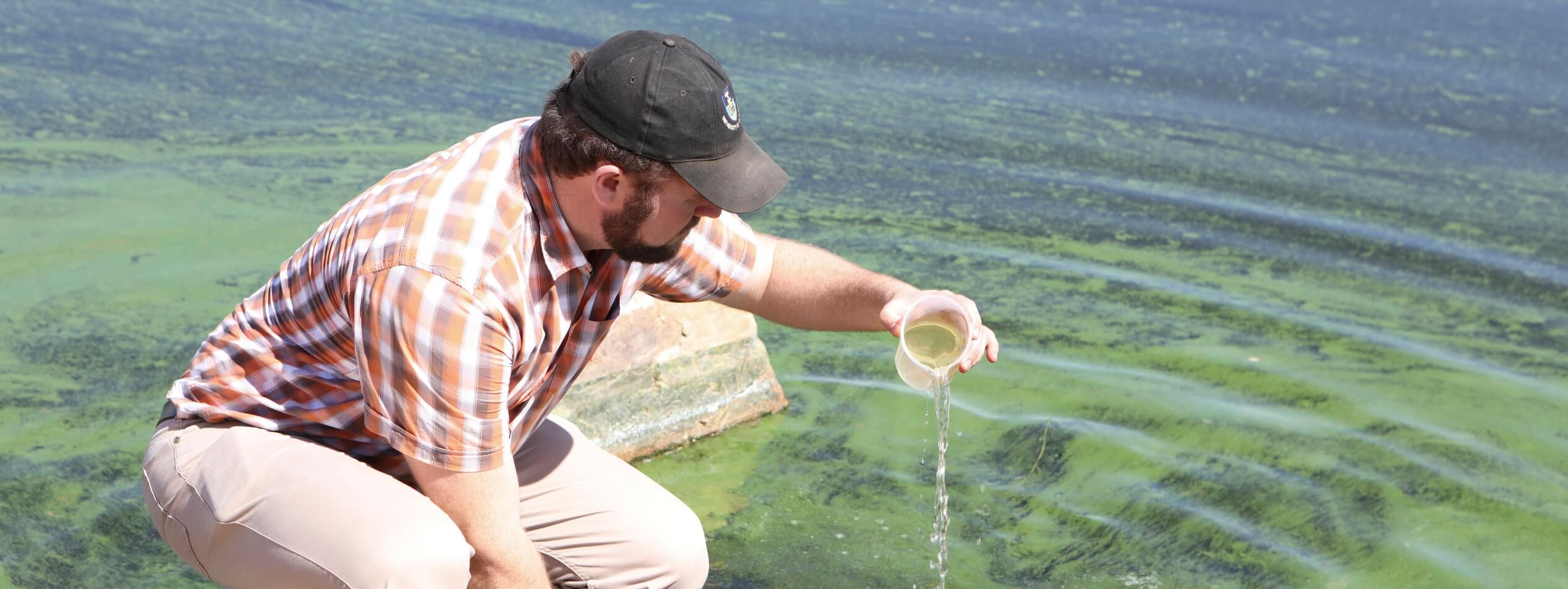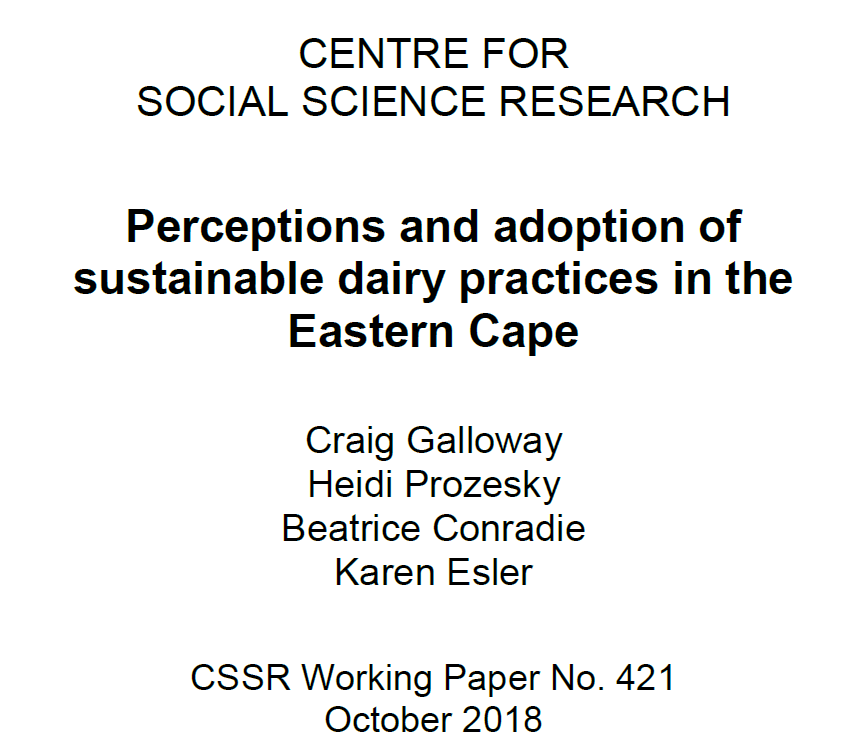One of the biggest challenge’s farmers face in relating to sustainable agriculture is thinking beyond their own fence. The management practices a farmer implements do not only impact themselves or their farm, but also impact well beyond that. Environmental protection and social responsibility are two of the main goals of sustainable agriculture. Both are about looking beyond the fence.
Mineral balance
A very real example of how a farmer’s practices can impact far beyond his/her farm is with regards to water quality. Whether there is a river or stream flowing through a farm or not, there is nowhere on earth that is not somehow and someway connected to surface and ground-water movement. In other words, no farm is an island.
One of the measures that Trace & Save uses to monitor and assess environmental impact is called the mineral balance. This is an assessment of how effectively nutrients have been used on a farm over a year. This very obviously matters to farmers because nutrients (normally in the form of feed and fertiliser) are expensive. When they are not utilised efficiently it is a waste of money.
The mineral balance is also an environmental assessment as it shows the excessive nutrients produced by a farm each year. Specifically nitrogen and phosphorous.
For more on the mineral balance: See your farm as a system
Water quality
Excess nitrogen and phosphorous are a problem. When they are in excess, they end up in freshwater sources and cause pollution (eutrophication).
When we start looking beyond the fence of a farm, we see the negative impact that many inefficient farm systems have on water quality. I was made aware of a very interesting website from an article by Sarah Wild:
The website referred to in the article is called CyanoLakes (https://cyanolakes.chpc.ac.za/). It is fascinating to me. They are basically live-tracking many of the dams in South Africa for pollution levels. Most of the data is less than a week old. The two specific measures they are monitoring are Cyanobacteria (blue-green algae) health risk, and nutrient pollution.
By looking at the map on the website you will see that most of South Africa’s dams are at some level of risk from pollution. Many of them are at very high risk. This is scary. When I think back to what causes this, I can only link a significant contributing factor to inefficiently utilised nutrients on farms.
Think beyond your fence
I wrote a blog three years ago asking: Are you wasting nutrients on your farm? That question is just as relevant now as it was then.
As a farmer, you can contribute negatively or positively towards the problem of freshwater pollution. If you want to make a positive contribution, what practices are you implementing to do so? Comment below if you have some tips for other farmers. If you want to make a positive contribution, but are not sure how, feel free to ask in the comments section.
The video below explores this idea further
References
https://www.businessinsider.co.za/50-of-sas-dams-arent-safe-to-swim-in-2018-9 – Accessed 20 November 2018
https://cyanolakes.chpc.ac.za/ – Accessed 20 November 2018
- A carbon footprint assessment for pasture-based dairy farming systems in South Africa - 2024-02-07
- What progress have farms participating with Trace & Save made over the past 10 years? - 2023-09-06
- Carbon footprint reduction over time: Lessons from pasture-based dairy farms in South Africa - 2023-09-04


